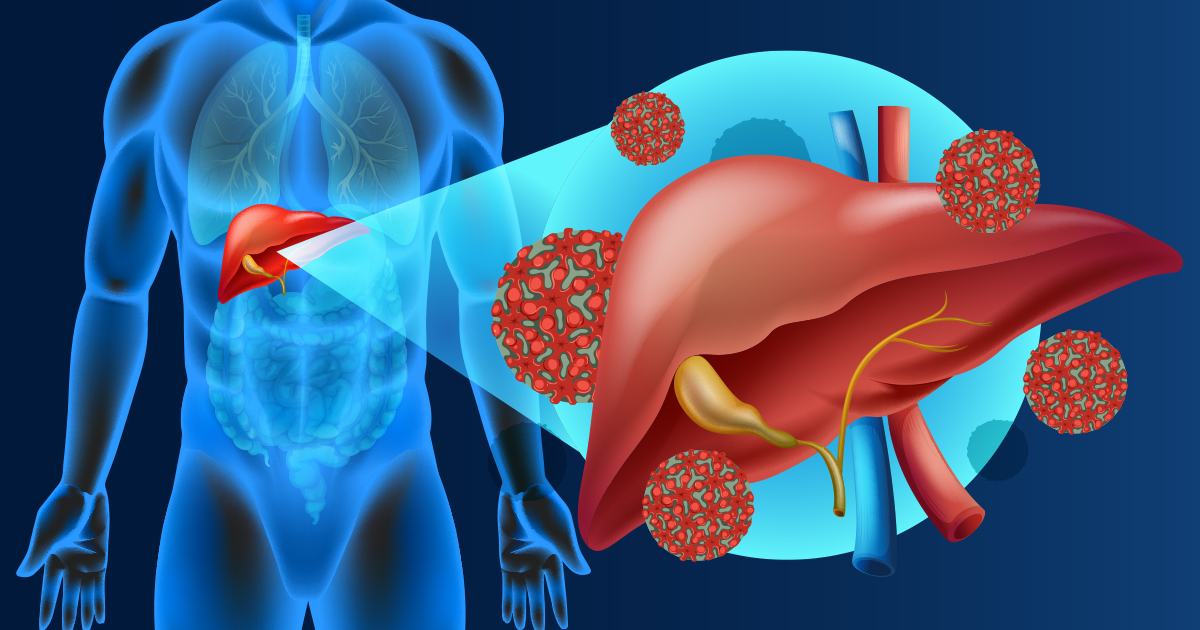- 6.0CiteScore
- 22 daysTime to First Decision
Liver Diseases: Diagnosis and Treatment in the Era of Personalized Medicine
This special issue belongs to the section “Personalized Therapy and Drug Delivery“.
Special Issue Information
Dear Colleagues,
Liver diseases—including hepatitis, cirrhosis, and hepatocellular carcinoma—represent a significant global health burden. In recent years, the rise of personalized medicine has transformed the landscape of hepatology. Advances in biomarker discovery, high-throughput omics technologies, and artificial intelligence and machine learning are enabling earlier detection, more accurate disease classification, and the development of targeted therapeutic strategies.
This Special Issue aims to highlight the latest progress in the personalized diagnosis and treatment of liver diseases. We seek to promote the integration of molecular and basic research with clinical applications, foster translational approaches, and ultimately contribute to improving patient outcomes and quality of life.
We welcome the submission of original research articles, reviews, and methodological papers related to liver diseases and personalized medicine, particularly those focused on molecular diagnostics, omics-based approaches, precision therapeutics, and clinical implementation.
Dr. María Teresa Arias-Loste
Guest Editor
Dr. Armando Raúl Guerra-Ruiz
Guest Editor Assistant
Manuscript Submission Information
Manuscripts should be submitted online at www.mdpi.com by registering and logging in to this website. Once you are registered, click here to go to the submission form. Manuscripts can be submitted until the deadline. All submissions that pass pre-check are peer-reviewed. Accepted papers will be published continuously in the journal (as soon as accepted) and will be listed together on the special issue website. Research articles, review articles as well as short communications are invited. For planned papers, a title and short abstract (about 250 words) can be sent to the Editorial Office for assessment.
Submitted manuscripts should not have been published previously, nor be under consideration for publication elsewhere (except conference proceedings papers). All manuscripts are thoroughly refereed through a single-blind peer-review process. A guide for authors and other relevant information for submission of manuscripts is available on the Instructions for Authors page. Journal of Personalized Medicine is an international peer-reviewed open access monthly journal published by MDPI.
Please visit the Instructions for Authors page before submitting a manuscript. The Article Processing Charge (APC) for publication in this open access journal is 2600 CHF (Swiss Francs). Submitted papers should be well formatted and use good English. Authors may use MDPI's English editing service prior to publication or during author revisions.
Keywords
- liver diseases
- chronic liver disease
- hepatitis
- liver cirrhosis
- liver cancer
- personalized diagnosis
- metabolomics
- liver disease biomarkers
- liver function tests
- targeted therapy
- mass spectrometry
- high-resolution mass spectometry (HRMS)
- clinical molecular biology

Benefits of Publishing in a Special Issue
- Ease of navigation: Grouping papers by topic helps scholars navigate broad scope journals more efficiently.
- Greater discoverability: Special Issues support the reach and impact of scientific research. Articles in Special Issues are more discoverable and cited more frequently.
- Expansion of research network: Special Issues facilitate connections among authors, fostering scientific collaborations.
- External promotion: Articles in Special Issues are often promoted through the journal's social media, increasing their visibility.
- e-Book format: Special Issues with more than 10 articles can be published as dedicated e-books, ensuring wide and rapid dissemination.

